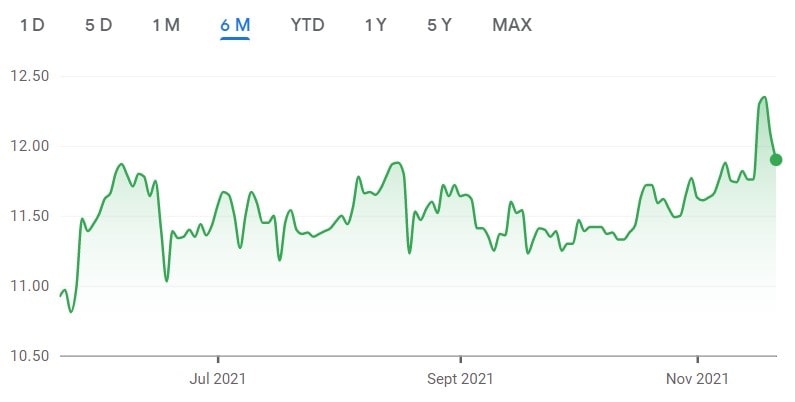Introduction

Image: libertex.com
In the ever-fluid world of financial markets, volatile stocks reign supreme. Their unpredictable swings and potential for substantial gains or losses have long attracted traders seeking to capitalize on these market fluctuations. Among the various trading strategies, options trading has emerged as a powerful tool for navigating volatile stocks and extracting lucrative profits. This comprehensive article delves into the realm of volatile stocks, providing an in-depth guide to options trading for savvy investors and traders.
Volatile Stocks: Unveiling the Potential
Volatile stocks are characterized by large price swings that can occur rapidly. This volatility can be driven by a variety of factors, including economic events, company-specific news, and market sentiment. While unpredictable, these swings present opportunities for traders to generate profits through options trading, a strategy that involves buying or selling options contracts. Options are financial instruments that give the holder the right, but not the obligation, to buy or sell an underlying asset, such as a stock, at a specified price on a specified date.
Types of Options and Their Applications
There are two main types of options: calls and puts. Call options grant the holder the right to buy the underlying asset, while put options grant the right to sell. Traders can choose from various option strategies tailored to their specific trading goals. Some common strategies include:
-
Buying Call Options: Traders buy call options when they anticipate a stock’s price will rise. If the stock price increases, the call option will gain value, enabling the trader to sell it for a profit.
-
Selling Call Options: By selling call options, traders assume an obligation to sell the underlying stock at the specified price if the option holder exercises the right to buy. This strategy benefits traders who believe the stock price will stay below or decline from the strike price of the call option.
-
Buying Put Options: Put options protect traders from potential losses in a stock’s value. Traders buy put options when they expect a stock’s price to fall. If the stock price decreases, the put option increases in value, offering the trader a hedge against losses.
Identifying Volatile Stocks for Options Trading
The key to successful options trading lies in selecting volatile stocks with high potential for price fluctuations. Here are some factors to consider:
-
Historical Price Volatility: Analyze the stock’s historical price movements to assess its volatility. Look for stocks with a consistent track record of large price swings.
-
Company-Specific Catalysts: Keep an eye on upcoming events or news that could significantly impact a company’s performance. These catalysts can trigger substantial price volatility.
-
Market Sentiment: Monitor market sentiment through news, social media platforms, and technical analysis. Identify stocks that are gaining or losing favor among investors, as these fluctuations can create opportunities for options trading.
Risk Management and Strategies
Options trading involves inherent risks. Proper risk management and sound trading strategies are crucial to mitigate losses and enhance profits. Consider these tips:
-
Define Your Risk Tolerance: Before engaging in options trading, determine your tolerance for risk and allocate funds accordingly. Volatility can lead to substantial losses, so invest only what you can afford to lose.
-
Set Stop-Loss Orders: Place stop-loss orders to limit potential losses on your options trades. These orders automatically exit a position once the stock price reaches a predetermined level.
-
Diversify Your Portfolio: Trading multiple volatile stocks can help reduce the overall risk associated with options trading. Diversifying your portfolio spreads your risk across different companies and industries.
Conclusion
Navigating the dynamic world of volatile stocks through options trading requires a comprehensive understanding of the underlying concepts, a discerning ability to identify potential opportunities, and a robust risk management strategy. By embracing the principles outlined in this article, investors and traders can harness the power of volatility to achieve their financial goals. Remember, staying up-to-date on market news, analyzing various options strategies, and managing risk prudently are key to unlocking the potential rewards of options trading in volatile stocks.
:max_bytes(150000):strip_icc()/dotdash_Final_Trading_Volatile_Stocks_With_Technical_Indicators_Nov_2020-03-823a5a555de94fe7b0ae40a0fd687810.jpg)
Image: www.investopedia.com
Best Volatile Stocks For Options Trading






